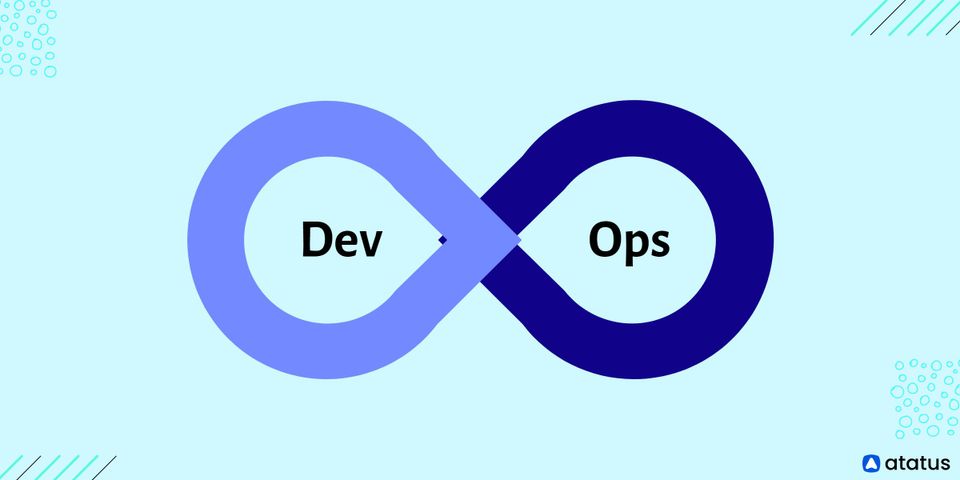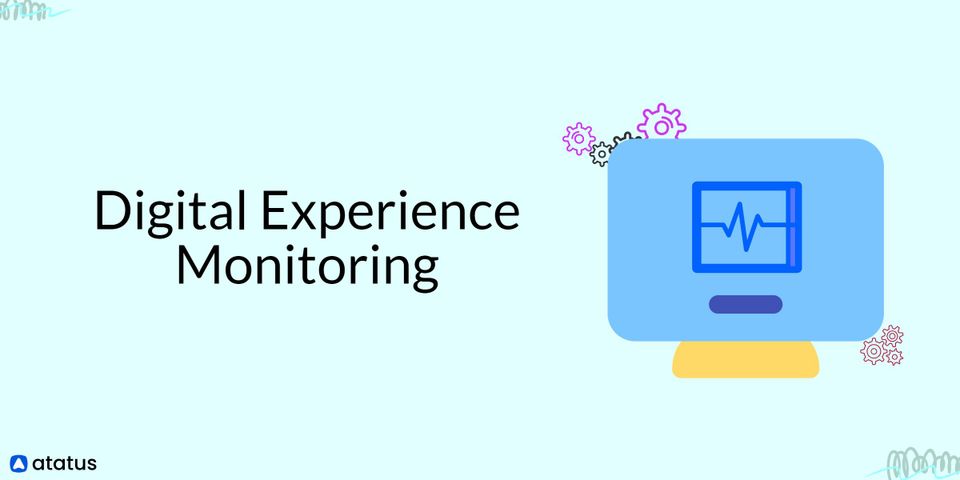DevOps was not invented out of thin air, despite the legendary tone of some of the origin myths. DevOps was sown many years ago and has been nourished by forward-thinking IT professionals from various sectors.
We will go over the following:
What is DevOps?
DevOps (a combination of "development" and "operations") is a set of techniques and tools designed to help an organization deliver applications and services faster than traditional software development procedures. Organizations can better serve their customers and compete in the market because of this quickness.
DevOps, in its most basic form, is about bridging the gap between traditionally compartmentalized teams, development, and operations. Development and operations teams collaborate across the whole software application life cycle, from development and testing to deployment and operations, in a DevOps model.
In practice, the finest DevOps processes and cultures combine inputs from all application stakeholders into the software development lifecycle, including platform and infrastructure engineering, security, compliance, governance, risk management, line-of-business, end-users, and customers.
DevOps is the current state of software delivery cycles, which have evolved over the last 20 years from large application-wide code releases every few months or even years to iterative smaller feature or functional upgrades published as frequently as every day or multiple times per day.
Finally, DevOps is about fulfilling the ever-increasing demand from software users for frequent, inventive new features as well as consistent performance and availability.
DevOps Lifecycle
The DevOps lifecycle is a set of iterative, automated development procedures, or workflows, that are implemented as part of a wider, automated, and iterative development lifecycle to improve the speed with which high-quality software is delivered.
Depending on who you ask, the name and number of workflows might vary, but they usually reduce down to these six:
#1 Planning
Teams utilize this procedure to plan new features and functionality for the next release, taking into account priority end-user feedback and case studies, as well as input from all internal stakeholders. The purpose of the planning stage is to optimize the product's business value by creating a backlog of features that, when delivered, generate a valuable outcome.
#2 Development
Developers test, code, and create new and enhanced features based on user stories and work items in the backlog during this process. Test-driven development (TDD), pair programming, and peer code reviews, among other techniques, are widely used. Developers frequently complete the "inner loop" of authoring and testing code on their own workstations before sending it down the continuous delivery pipeline.
#3 Integration
As previously stated, new code is merged into the existing code base, then tested and packaged into an executable for deployment in this pipeline. Checking out code from a source code repository, merging code changes into a "master" copy, and automating compilation, unit testing, and packaging into an executable are all common automated operations. The output of the CI phase should be stored in a binary repository for the next phase.
#4 Deployment
The integration's runtime build output is delivered to a runtime environment - usually a development environment - where runtime tests for quality, compliance, and security are performed. If faults or defects are discovered, developers have the opportunity to intercept and fix any issues before end-users see them.
Development, test, and production environments are common, with each environment demanding ever "stricter" quality controls. When deploying to a production environment, it's best to start with a small group of users and work your way up to all users once the system is stable.
#5 Operations
When features are deployed to a production environment today, operations take place tomorrow once the features are running in production. Monitoring the performance, behaviour, and availability of features guarantees that they can bring value to end-users.
Operations ensure that features function well and that service is not disrupted by ensuring that the network, storage, platform, computing, and security postures are all in good shape. If something goes wrong, operations ensure that events are reported, the appropriate individuals are notified, problems are recognized, and solutions are implemented.
#6 Learning
This is the process of obtaining feedback from end-users and customers on features, functionality, performance, and business value so that improvements and features for the next version may be planned. This would also contain any learning and backlog items from operations efforts that could equip developers to prevent future occurrences.
DevOps Methodologies
DevOps emerged as a result of advances in agile development, which emphasized the need for a more holistic approach to the software delivery life cycle. The term "agile development" refers to a number of iterative software development approaches, several of which have found their way into DevOps:
- Scrum
A framework that allows people to solve difficult adaptive challenges while delivering high-quality applications. - Kanban
A methodology of managing product development that emphasizes continuous delivery while minimizing the development team's workload. Kanban, like Scrum, is a method for assisting teams in working together more efficiently. - Scaled Agile Framework (SAFe)
A collection of organizational and operational principles designed to help businesses scale lean and agile processes. SAFe is one of a growing number of frameworks designed to help companies scale beyond a single team. - Lean Development
Lean manufacturing ideas and techniques are translated into software development domains. To assist organizations to become more agile, Lean provides a conceptual framework, values, and principles, as well as best practices based on experience. - Extreme programming (XP)
A software development process aimed at increasing the quality of software and its responsiveness to changing customer needs. To increase productivity and provide checkpoints where new customer requests can be integrated, XP encourages frequent releases with short development cycles.
Benefits of DevOps
DevOps teams become high-performing, generating better products faster and with more customer satisfaction.
- Speed
Move quickly so you can improve customer service, adjust to changing markets, and become more efficient at delivering business goals. Your developers and operations teams can achieve these goals using the DevOps model. - Reliability
Ensure that application updates and infrastructure changes are of high quality so that you can deliver faster while still offering a great customer experience. - Scale
At scale, manage and operate your infrastructure and development processes. Automation and consistency aid in the effective and risk-free management of complex or changing systems. - Security
Maintain control and compliance while moving swiftly. Using automated compliance standards, fine-grained controls, and configuration management approaches, you may transition to a DevOps model without sacrificing security. - Rapid Delivery
Increase the number of releases and the speed with which they are released so that you can innovate and upgrade your product more quickly. The faster you can deploy new features and solve defects, the better you'll be able to adapt to customer needs and gain a competitive advantage. - Improved Collaboration
Create more successful teams by following a DevOps cultural model that stresses principles like ownership and accountability. Developers and operations teams work closely together, sharing a lot of tasks and combining procedures. By decreasing inefficiencies, saves both time and money.
Why DevOps is Important?
From shopping to entertainment to banking, software and the internet have changed the world and its sectors. Software is no longer just a means of supporting a business; it is now an essential part of every aspect of it. Companies communicate with their customers using software that is supplied as online services or applications and may be used on a variety of devices.
They also leverage software to revolutionize every component of the value chain, including logistics, communications, and operations, to improve operational efficiencies. Companies in today's environment must adapt how they produce and distribute software in the same manner that physical goods companies transformed how they design, build, and deliver things utilizing industrial automation throughout the 20th century.
Conclusion
DevOps is changing the way development and operations are done in the modern world. Based on the DevOps concept, you may utilize DevOps practices, processes, frameworks, and workflow to embed security into your software development life cycle at speed and scale while minimizing risks, assuring compliance, and lowering friction and costs. DevOps enables development and operations teams to adhere to delivery speed throughout the entire SDLC.
Monitor Your Entire Application with Atatus
Atatus provides a set of performance measurement tools to monitor and improve the performance of your frontend, backends, logs and infrastructure applications in real-time. Our platform can capture millions of performance data points from your applications, allowing you to quickly resolve issues and ensure digital customer experiences.

Atatus can be beneficial to your business, which provides a comprehensive view of your application, including how it works, where performance bottlenecks exist, which users are most impacted, and which errors break your code for your frontend, backend, and infrastructure.





